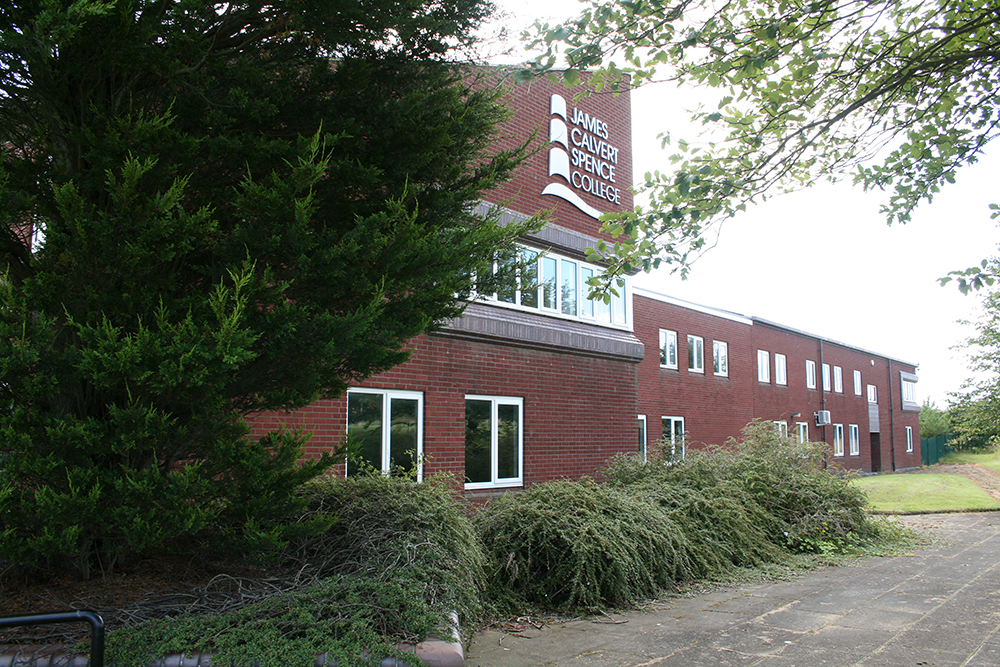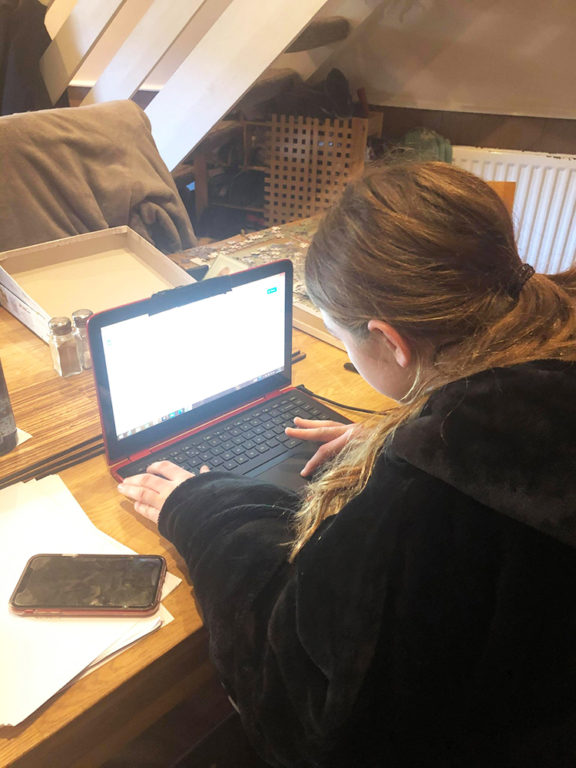Schools for thought: JCSC in the future
The struggles many people have had with home schooling has pushed the very nature of our children’s learning to the top of the news. For that reason, Boris Johnson’s roadmap out of lockdown has put returning to school as his first priority. But what if the worst should happen and schools need to shut again, either in this pandemic, or in any future emergency?
With £20.3M now promised over the next three years to upgrade Amble’s James Calvert Spence College, should we be looking seriously at alternative systems for teaching our young people? Sixth form student Lily Tibbitts considers what schools could look like in the future.

JCSC is due for a multi million pound upgrade
With lockdown forcing school to go online, it’s changed the way that young people all around the UK are learning, going from classes of often around thirty other students to a Google Meet call and lots of work from home.
This isn’t ideal for many students who aren’t used to this sudden change, but it’s hard to deny that the move to online learning doesn’t have potential, and looking at the money promised to JCSC to improve the building and facilities this pandemic might show that it’s better spent elsewhere.

Could online learning be here for the future?
Some people have found in lockdown that they work better at home (an environment with fewer distractions,) meaning that they can do the work set without talking to people or without the teacher having to deal with other students, and this could easily continue after the pandemic for secondary school pupils.
To get the support that’s still necessary, small groups could come in for an hour or so each day to talk to a tutor and get advice on any work they are struggling with, as well as doing any subjects which require being in school, such as aspects of art subjects, PE, etc.
With fewer classrooms needed for hundreds of students, the money used to keep a large building functioning could go towards supporting students and making sure they have suitable technology to attend lessons.
Lack of social interaction
The main problem with students in lockdown at the minute is that it means a lack of social interaction. This is having a detrimental impact on the mental health of a lot of young people, so efforts would have to be made to make sure that didn’t continue, combining both online learning and group work to make sure people were still talking regularly online and in real life.
It’s easy to imagine a world where young people can choose to work at home but also have increased access to libraries and youth centres, where they can meet up to work on group projects or in study groups if working alone from home isn’t for them.
Support in lessons should still be readily available with teachers able to help any students who need assistance in person, but with a bigger focus on independence so that young people can more easily develop independent study skills, which could become a bigger part of learning- more of a focus on independent or group research projects on topics that interest the student rather than assessments and exams.
This could help to develop necessary skills for in the future as schools move away from memory tests and more towards research, teamwork and long term projects.
These changes wouldn’t be easy to implement and would make school very different from what everyone is used to, but they’re not impossible. The most important thing would be to listen to the opinions of all students and school staff and see what they thought about learning in lockdown, not just the thoughts of those in charge of making decisions about the education system.
Lily Tibbitts













